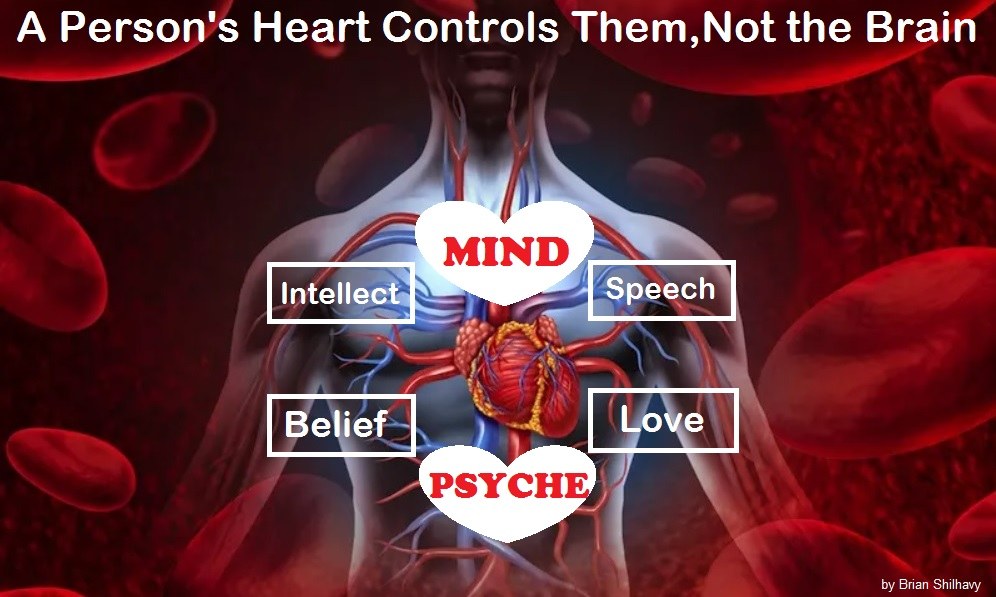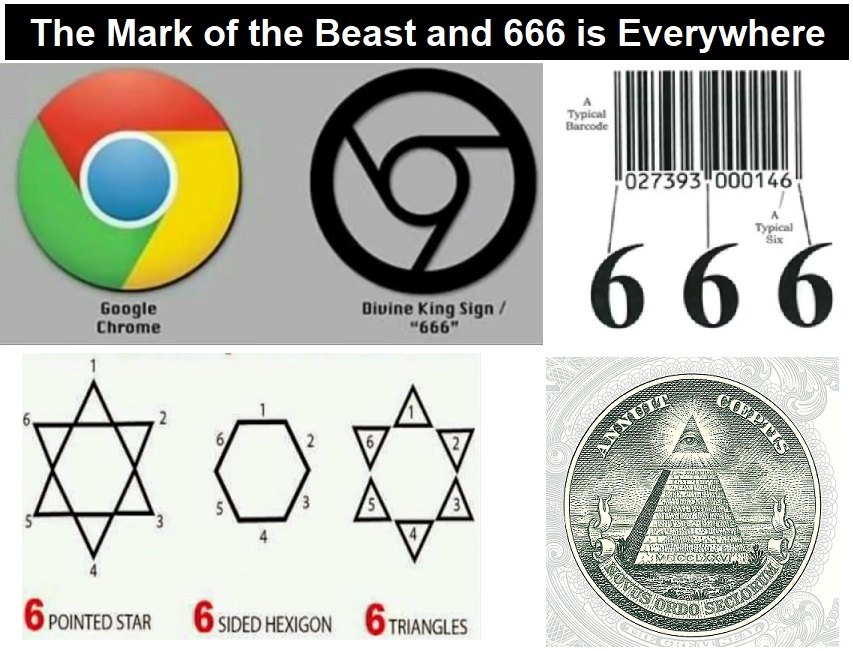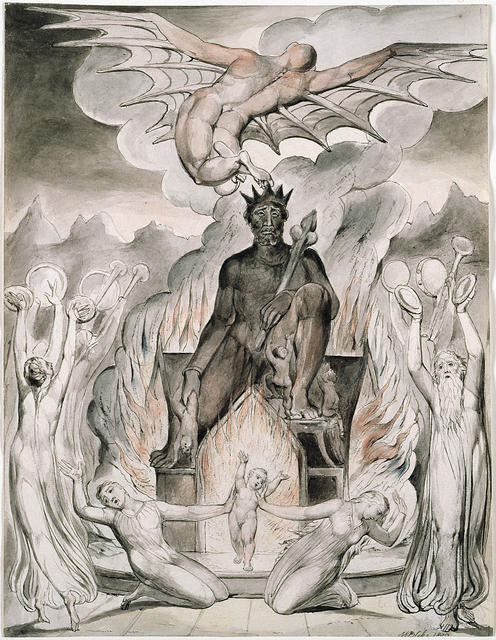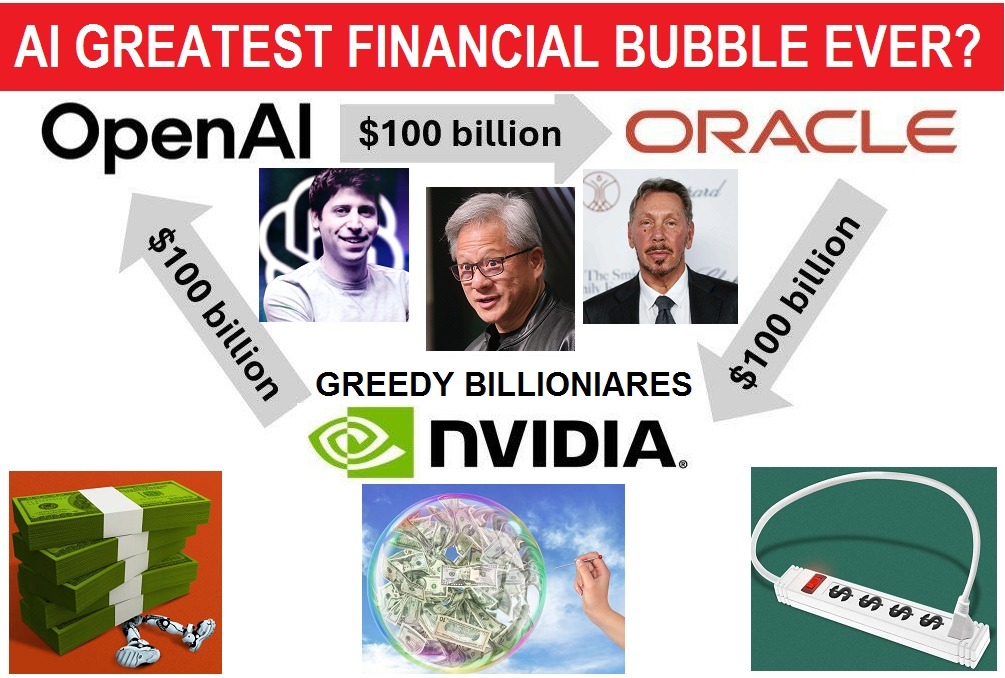
by Brian Shilhavy
Editor, Health Impact News
While the current “government shutdown” has been grabbing headline news for the past few days, a larger story is quickly unfolding in the financial news sector, as “mainstream” corporate financial analysts are beginning to wake up on just how large this AI bubble really is, and the current danger it poses to the U.S. financial system.
Some analysts are now saying that this AI bubble is much larger than the dot.com bubble of the early 2000s, and larger than the financial collapse of 2008 from toxic mortgages.
When a topic like this starts getting major corporate news media coverage, guess what usually happens next?
Here are a few articles just published that explain the depth and breadth of just how serious the economic situation is right now as it is being led by just a handful of large Big Tech companies, that are even outspending American consumers, who are the traditional drivers of economic growth historically in the U.S.
Again, this is no longer a “fringe” topic, but these are the perspectives of corporate “mainstream” financial analysts. There are other analysts who disagree, but their numbers are shrinking rapidly now.
The AI bubble is 17 times the size of the dot-com frenzy — and four times the subprime bubble, analyst says
From MarketWatch:
Excerpts:
For good reason, it feels that the only major discussion in markets is whether AI is in a bubble or whether it’s actually the early innings of a revolutionary phrase.
So here’s another one, decidedly from the pessimistic camp. It’s a take from independent research firm the MacroStrategy Partnership, which advises 220 institutional clients, in a note written by analysts including Julien Garran, who previously led UBS’s commodities strategy team.
Let’s start with the boldest claim first — it’s that AI is not just in a bubble, but one 17 times the size of the dot-com bubble, and even four times bigger than the 2008 global real-estate bubble.
And to get that number, you have to go back to 19th-century Swedish economist Knut Wicksell. Wicksell’s insight was that capital was efficiently allocated when the cost of debt to the average corporate borrower was 2 percentage points above nominal GDP.
Only now is that positive, after a decade of Fed quantitative easing pushed corporate bond spreads low.
Garran took aim at large language models themselves. For instance, he highlights one study showing that the task-completion rate at a software company ranged from 1.5% to 34%, and even for the tasks that were completed 34%, that level of completion could not be consistently reached.
Another chart, previously circulated by Apollo economist Torsten Slok based on Commerce Department data, showed the AI adoption rate at big companies now on the decline.
He also showed some of his real-world tests, like asking an image maker to create a chessboard one move before white wins, which it didn’t come close to achieving.
LLMs, he argues, already are at the scaling limits. “We don’t know exactly when LLMs might hit diminishing returns hard, because we don’t have a measure of the statistical complexity of language.
To find out whether we have hit a wall we have to watch the LLM developers. If they release a model that cost 10x more, likely using 20x more compute than the previous one, and it’s not much better than what’s out there, then we’ve hit a wall,” he says.
And that’s what has happened: ChatGPT-3 cost $50 million, ChatGPT-4 cost $500 million and ChatGPT-5, costing $5 billion, was delayed and when released wasn’t noticeably better than the last version. It’s also easy for competitors to catch up. (Full article.)
AI Poised to Gut Your Retirement Fund, Analysts Warn
From Futurism:
Excerpts:
As the Washington Post observed in new reporting on the AI bubble, speculative investment into AI development is now the dominant force driving the US economy.
By the numbers, the US GDP has grown at a rate of 1.6 percent so far this year, on pace to hit the 2.8 percent growth it achieved in 2024. That’s all well and good on paper, except for the troubling fact that two-thirds of that growth came from AI, per WaPo‘s analysis.
That’s a major red flag, as computer and software investments currently represent about 6 percent of the total US economy. 70 percent of the US’ nearly $28 trillion GDP, meanwhile, is made up of consumer spending — a category that’s now been eclipsed by the AI boom.
In other words, the roles are now reversed, with a very small chunk of the economy dragging the rest of us along.
Callie Cox, a market strategist, told WaPo that the situation is “unusual,” to say the least: “What drives the economy quarter by quarter is almost always consumer spending.”
This being the case, the inevitable question becomes: what happens if AI spending stops or slows down?
The short answer: the largest tech firms could likely weather the storm, while AI startups and private companies reliant on venture capital to the pay the bills would crumble into dust.
Energy and construction markets would likewise suffer, as new data center development grinds to a halt.
The effect on Wall Street — which could see the S&P 500 lose as much as 30 percent of its expected revenue growth, WaPo notes — would be devastating.
And if the AI bubble does burst, one of the lesser-remarked dangers would be its effect on retirement funds.
As WaPo points out, public markets are now dominated by tech companies, which means any fluctuation in their bottom line could have a “powerful influence” on 401(k) accounts — not to mention other retirement savings vehicles like IRAs, or the rest of the economy.
“We’re now locked into a particular version of the market and the future where all roads lead to big tech,” Amba Kak, the co-executive director of the AI Now Institute, a tech policy think tank, told Inc. Magazine.
Way back in April, personal finance outlet Investopedia warned its readers that “few would escape the pain” of an eventual AI crash, given the concentration of tech stocks among the S&P 500.
So far in 2025, the magnificent seven — the tech companies Meta, Apple, Google, Amazon, Tesla, Microsoft, and Nvidia — account for about 36 percent of the index’s total market cap, a major concentration of wealth, in other words. (Full Article.)
The biggest sign yet of an AI bubble is starting to appear
This was also just published today, looking at the “hidden debt” behind the AI bubble which is what almost always collapses bubbles, like the toxic mortgages of the 2008 financial crisis.
From MSN-Axios:
Excerpts:
Debt is the canary in the coal mine for market bubbles.
Housing debt fueled the global financial crisis. Corporate debt led to dotcom bust.
Now, the tech companies driving today’s bull market are quietly levering up, sometimes through private lenders that make their debt less visible to shareholders.
That debt — and how it is getting structured — is “almost an acknowledgment that this is getting out of hand,” Dario Perkins, managing director of global macro at TS Lombard, tells Axios.
Regarding returns on AI expenditures, the Big Tech firms “say they don’t care whether the investment has any return, because they’re in a race…Surely that in itself is a red flag,” Perkins says.
He sees two major issues: increased leverage to fund costly AI infrastructure and few opportunities to make money once that infrastructure is built and paid for with debt.
Big Tech is turning to private debt markets and special purpose vehicles. The catch? That kind of borrowing doesn’t have to be reflected on balance sheets.
“SPVs mean companies like Meta do not need to show the debt as their debt,” Perkins writes in a note.
He likens today’s financing tactics to the subprime era when firms shifted risk off the books to reassure investors.
Meta seeks $29 billion via private capital for its AI data center buildout.
Other tech giants are tapping the public market for debt. Oracle recently issued $18 billion in debt to fund its AI and infrastructure expansion.
Why are tech companies spending this much to win the AI race if the bubble risk is so prescient?
Because the market is rewarding them even if it “makes no economic sense to spend at this level because there’s no way they can recoup the value of the capital spending,” investor and author Paul Kedrosky notes on the Plain English podcast.
He is also watching how companies are moving financing off the balance sheet:
“That for me is a reflection of not wanting the credit rating agencies to look at what they’re spending.”
Are the Big Tech Billionaires’ Days now Numbered?
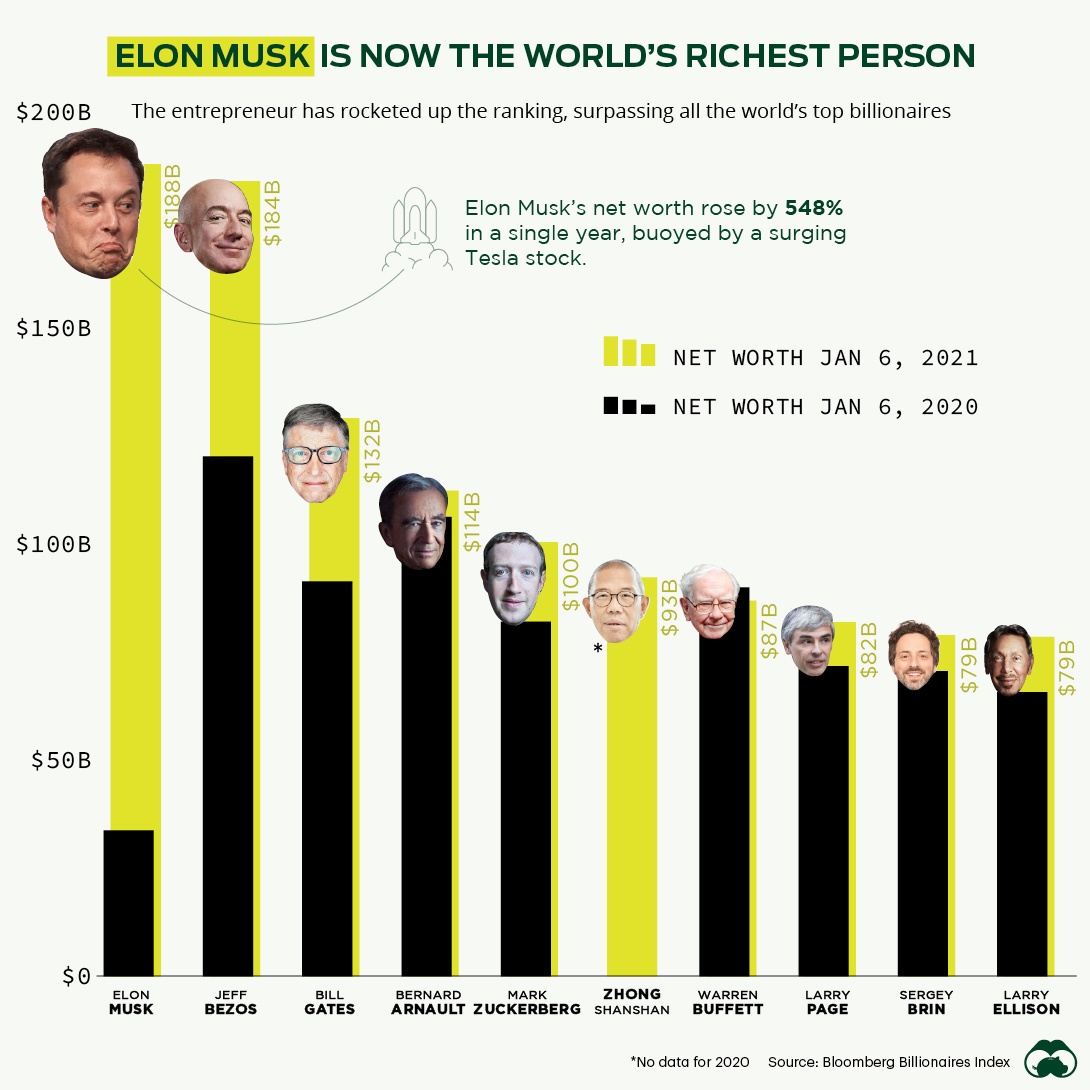
Now listen, you rich people, weep and wail because of the misery that is coming upon you. Your wealth has rotted, and moths have eaten your clothes. Your gold and silver are corroded. Their corrosion will testify against you and eat your flesh like fire.
You have hoarded wealth in the last days.
Look! The wages you failed to pay the workmen who mowed your fields are crying out against you. The cries of the harvesters have reached the ears of the Lord Almighty.
You have lived on earth in luxury and self-indulgence. You have fattened yourselves in the day of slaughter. You have condemned and murdered innocent men, who were not opposing you.
Be patient, then, brothers, until the Lord’s coming. See how the farmer waits for the land to yield its valuable crop and how patient he is for the autumn and spring rains.
You too, be patient and stand firm, because the Lord’s coming is near. (James 5:1-8)
Comment on this article at HealthImpactNews.com.
This article was written by Human Superior Intelligence (HSI)
See Also:
Understand the Times We are Currently Living Through
The Demonic Roots of Christianity: The Christians Jesus Said He Hated
Who are God’s “Chosen People”?
Life in the Spirit versus the Religious Life in the Flesh
KABBALAH: The Anti-Christ Religion of Satan that Controls the World Today
Christian Teaching on Sex and Marriage vs. The Actual Biblical Teaching
Exposing the Christian Zionism Cult
The Bewitching of America with the Evil Eye and the Mark of the Beast
Jesus Christ’s Opposition to the Jewish State: Lessons for Today
Identifying the Luciferian Globalists Implementing the New World Order – Who are the “Jews”?
The Brain Myth: Your Intellect and Thoughts Originate in Your Heart, Not Your Brain
The Seal and Mark of God is Far More Important than the “Mark of the Beast” – Are You Prepared for What’s Coming?
The Satanic Roots to Modern Medicine – The Image of the Beast?
Medicine: Idolatry in the Twenty First Century – 10-Year-Old Article More Relevant Today than the Day it was Written
Having problems receiving our emails? See:
How to Beat Internet Censorship and Create Your Own Newsfeed
We Are Now on Telegram. Video channels at Bitchute, and Odysee.
If our website is seized and shut down, find us on Telegram, as well as Bitchute and Odysee for further instructions about where to find us.
If you use the TOR Onion browser, here are the links and corresponding URLs to use in the TOR browser to find us on the Dark Web: Health Impact News, Vaccine Impact, Medical Kidnap, Created4Health, CoconutOil.com.














